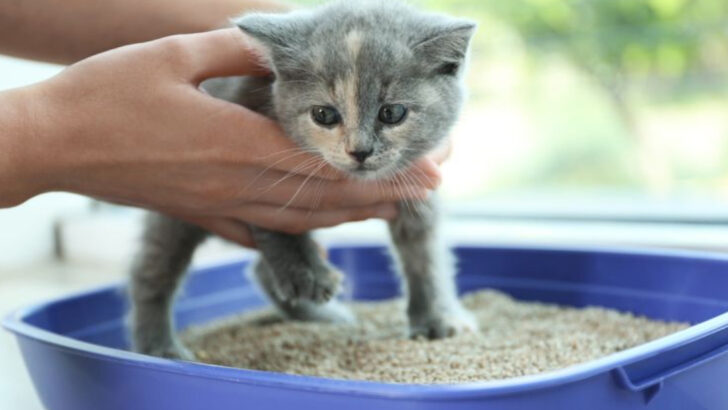Cats don’t care about your rules—until they magically do.
One minute they’re swatting your favorite mug off the counter, the next they’re suddenly obeying a cue like it was their idea all along.
Training a cat isn’t about control. It’s about communication. It’s about winning them over, not bossing them around. And yes—it can be done without bribing them with a truckload of tuna.
If you’ve ever dreamed of a cat that comes when called, stops shredding your furniture, or actually listens (at least sometimes), you’re in the right place. Let’s crack the code to the feline brain—one clever trick at a time.
Tip 1: Positive Reinforcement

Positive reinforcement is a cornerstone in cat training. Imagine your cat responding eagerly as you reward it with treats. This technique relies on giving your feline something it loves when it performs a desired behavior, like using the litter box or coming when called.
Breaking old habits is tough, but with patience and consistency, your cat will start associating good behaviors with rewards. Keep the sessions short and sweet, maintaining a fun atmosphere. The key is to be prompt with rewards so your cat understands what’s being praised, ensuring a successful training session.
Tip 2: Clicker Training

Clicker training may sound unusual, but it’s an effective way to communicate with your feline. This method involves using a small device that makes a clicking sound, marking the exact moment your cat performs the desired action.
Pair the click with a treat to reinforce the behavior. Initially, your cat might be startled by the sound, but soon it will learn to associate the click with rewards. It’s like having a little language that both of you understand, making training a breeze and adding an element of fun to your routine.
Tip 3: Consistent Commands
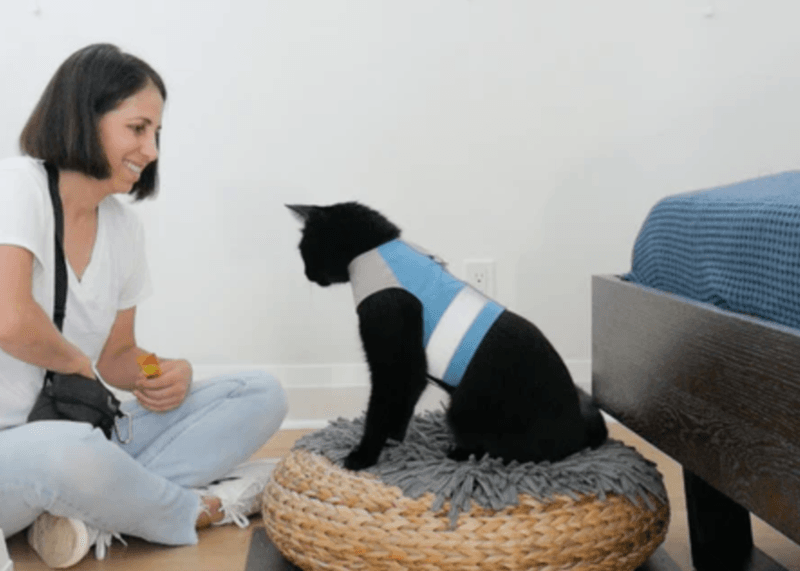
Consistency is key when it comes to training your cat. Use the same commands for the same actions, and repeat them often. This helps your cat learn what is expected.
Mixing commands can confuse your feline, leading to frustration for both parties. Keep a consistent tone and body language to reinforce your commands effectively. Over time, your cat will start responding more reliably. Remember, patience is your best friend on this journey and will strengthen your bond with your pet.
Tip 4: Socialization

Socializing your cat from a young age can work wonders. Cats that are exposed to different environments, people, and other animals tend to be more adaptable and less stressed.
Encourage gentle play with other cats to foster a friendly disposition. This exposure helps them grow into confident and well-behaved adults. Consider supervised visits with other pets and gradual introductions to new settings. Such experiences enrich their lives, promoting a calmer demeanor in unfamiliar situations.
Tip 5: Litter Box Training
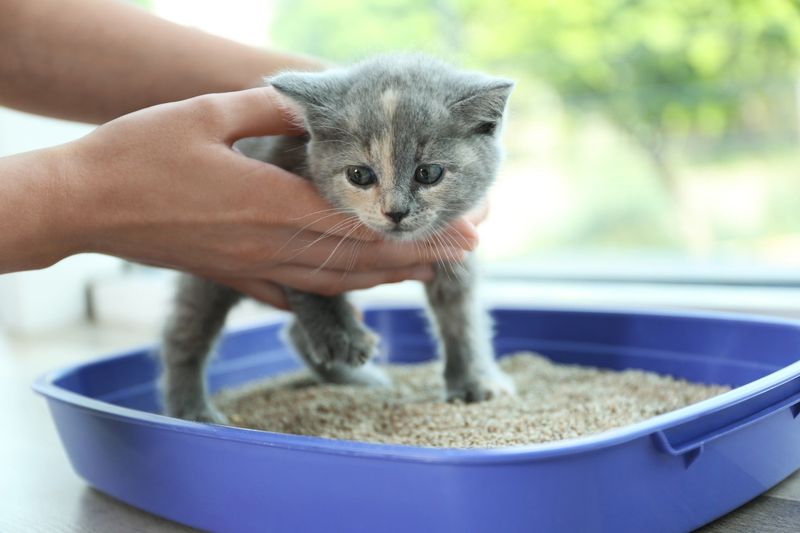
Litter box training is often one of the first challenges cat owners face. Guide your cat to the litter box after meals and naps, gently placing them inside.
Cats naturally prefer to bury their waste, so this habit usually sticks with minimal coaxing. Keep the litter box clean and place it in a quiet, accessible area. Avoid moving it around to prevent confusion. Most cats take to it quickly, establishing a routine that ensures cleanliness and reduces household stress.
Tip 6: Leash Training
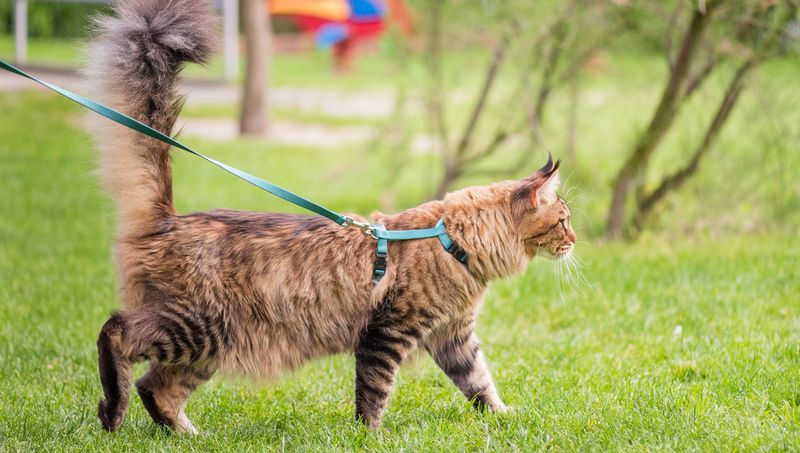
Leash training opens up a world of adventure for indoor cats. Start by letting your cat wear the harness indoors, gradually increasing the time as it becomes comfortable.
Once acclimated, attach a leash and allow your feline to explore a safe area indoors. Move outdoors slowly, offering treats and positive reinforcement to encourage progress. With patience, leash training can provide your cat with enriching outdoor experiences, satisfying their curiosity without compromising safety.
Tip 7: Scratching Post Training

Cats love to scratch, so channeling this instinct constructively is important. Introduce a sturdy scratching post and encourage its use by placing it in a location your cat frequents.
Rubbing catnip on the post or dangling toys from it can make it more appealing. Redirect your cat to the post whenever it scratches inappropriately. Over time, your cat will learn to use the post, sparing your furniture from unwanted claw marks and keeping its claws healthy.
Tip 8: Handling and Grooming
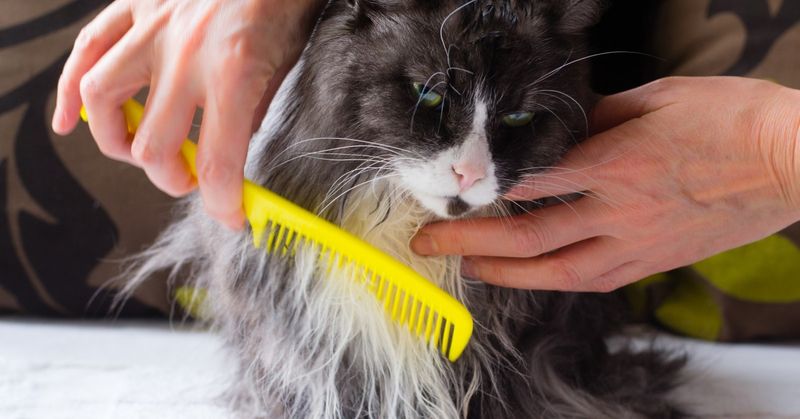
Teaching your cat to accept handling and grooming can make vet visits and home care much less stressful. Start by gently touching your cat’s paws, ears, and tail, rewarding calm behavior with treats.
Gradually introduce brushing and nail trimming, ensuring positive experiences by using soothing tones and gentle handling. This process takes time, but it’s essential for your cat’s health and happiness, fostering trust and cooperation between you and your feline friend.
Tip 9: Feeding Routine
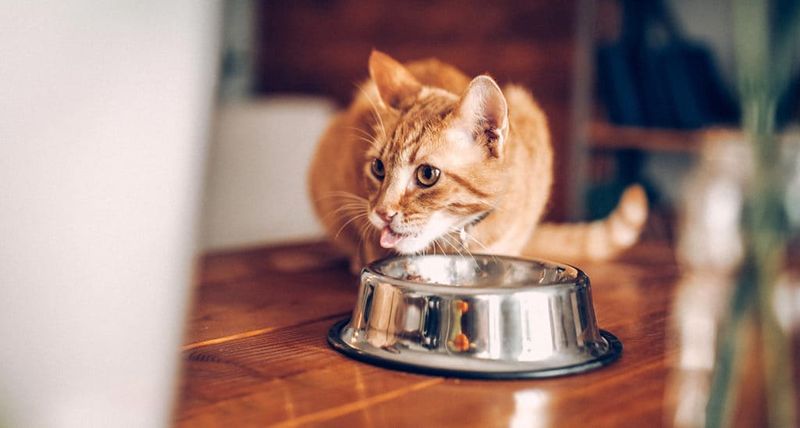
Establishing a consistent feeding routine is crucial for your cat’s well-being. Cats thrive on regularity, and having meals at the same times each day can prevent obesity and digestive issues.
Use this opportunity to reinforce training by having your cat perform a simple action before feeding, such as sitting. This not only ensures good manners but also strengthens your bond through shared rituals. A stable feeding routine leads to a happier, healthier cat accustomed to positive interactions.
Tip 10: Respecting Boundaries

Understanding and respecting your cat’s boundaries is crucial for a harmonious relationship. Cats need personal space and time to themselves, and recognizing this fosters trust and contentment.
Avoid forcing interactions, especially when your cat is showing signs of stress or discomfort. By allowing your feline to come to you on its terms, you encourage a bond built on mutual respect and understanding, creating a more harmonious living environment.
Tip 11: Patience and Persistence
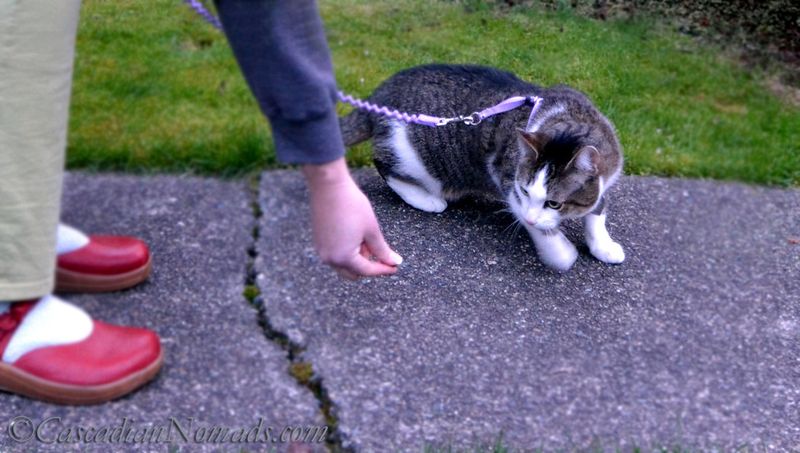
Training a cat requires a lot more patience and persistence than training other pets. Cats can be independent and sometimes stubborn, but with persistent effort, progress is achievable.
Celebrate small victories and remain calm during setbacks. Training should be a positive experience for both of you, fostering a rewarding relationship. Remember, every cat is unique, so tailor your techniques to suit your feline’s personality, ensuring a customized approach to training success.

